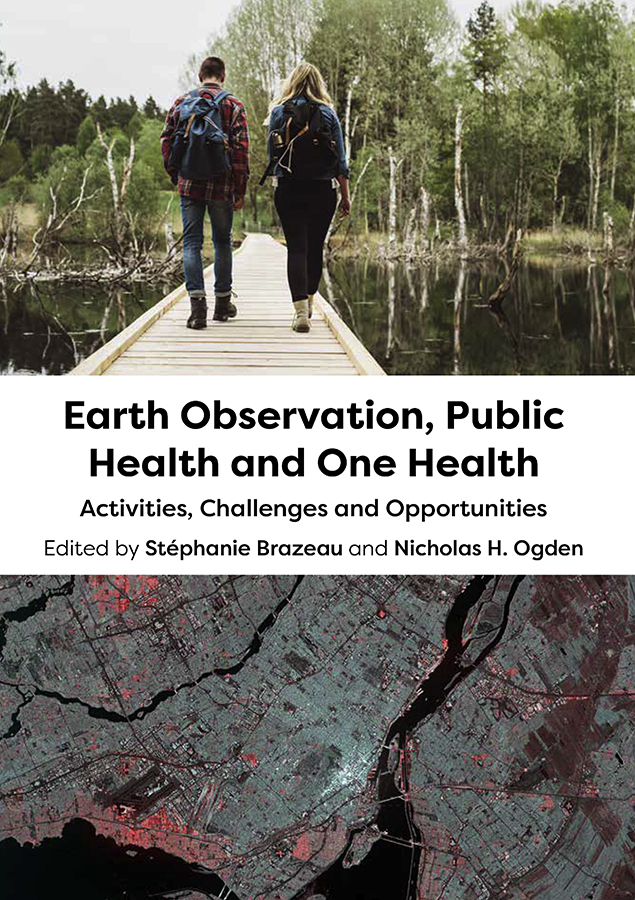2022
Author(s): Stéphanie Brazeau, Nicholas H. Ogden

This book contains 4 chapters that discuss in the context of both the One Health concept and the SDG initiative, remote sensing can provide solutions to the priority of assessing and monitoring public health risks, and it can play an important role in supporting decision making to reduce health risks within our shared ecosystems. The growing awareness of complex but causal interactions among these realms has motivated professionals in a wide range of sectors to adopt the One Health approach, which promotes intersectoral collaboration to address health issues at the human-animal-environment interface. In its 2030 Agenda for Sustainable Development, the United Nations specifically identifies strengthening the capacity of all countries in particular developing countries for early warning risk reduction and management of national and global health risks” as part of their Good Health and Well-being Sustainable Development Goal (SDG). As examples presented in this book reveal the risk of infectious disease emergence increases with a wide range of conditions and variables including those associated with humans animals climate and the environment. This book examines several priority themes to which EO and geomatics can make important contributions: mosquito-borne and tick-borne diseases; water-borne diseases; air quality and extreme heat effects; geospatial indicators of vulnerable human populations.



